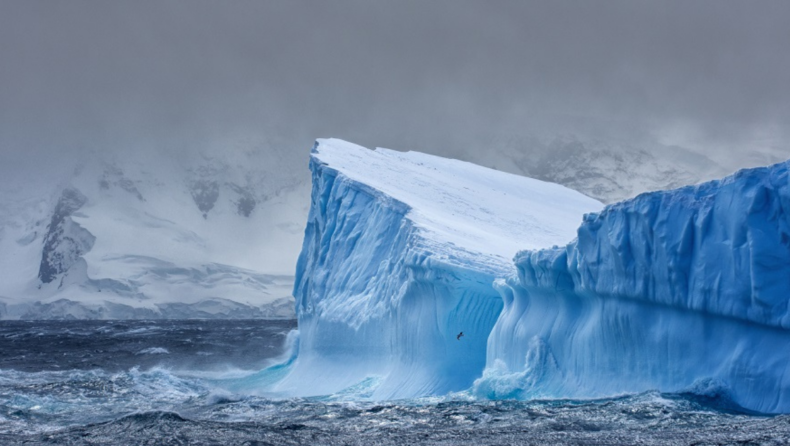Research conducted in Antarctica reveals a report that threatens the environment. Antarctica’s Thwaites Glacier is considered to be one of the largest glaciers in the world. As the glacier is found to be disintegrating, it is expected to be a great threat, leading to a disaster.

Doomsday glacier
Scientists never expected the disintegration of Thwaites glacier to accelerate at such a fast rate. It is found that the rate of disintegration of the glacier is about 1.3 miles (2.1 kilometers) per year. which could be a great threat to the environment by causing an increase in sea level.
As the glacier is at high risk, it is named the “Doomsday glacier.” A glacier is referred to an event disaster.
The geography of the Thwaites glacier
People Magazine established a report that Thwaites glacier is as large as the size of Florida and is about five percent responsible for the Antartica’s rise in sea level across the globe.
The disintegration of the glacier would raise the sea level by sixty-five centimeters (25 inches)
What would happen if the glacier melted?
If the glacier melts completely, it could lead to four per cent of the global climate change affecting the surge in sea levels. Also, it is expected that the sea level can soar by up to 25 inches.
The disintegration of the glacier could destroy Southern Louisiana and Mississippi. Also, the effect could cause damage in New York. However, Los Angeles would be an exception.
Robert Larter, a marine geophysicist, stated, “Thwaites is really hanging on today on its edge and we should expect to see massive change over a short duration in the near future—even from one year to another—once the glacier melts beyond a shallow ridge in its bed.”

Research and the measures taken
Major international research is under way at the South Pole, including measures to drill ice cores that stretch down to the bed of the glacier. By conducting this research, scientists could probably find out the duration left of the disintegration of the doomsday glacier.
Research from the ITGC, comprising of 100 scientists assembling the largest UK-US project on the Southern continent in 70 years, will continue moderating the disintegration of Thwaites glacier.













